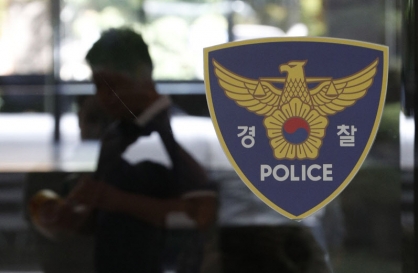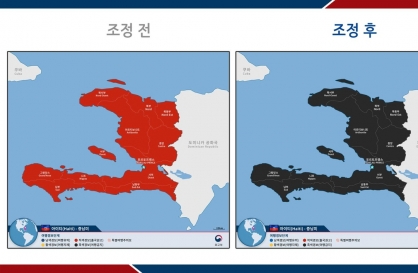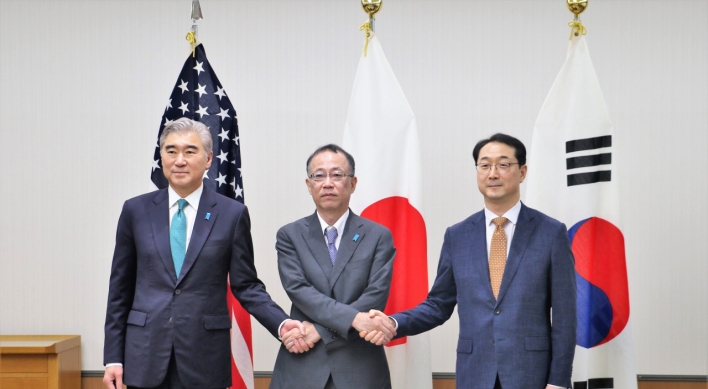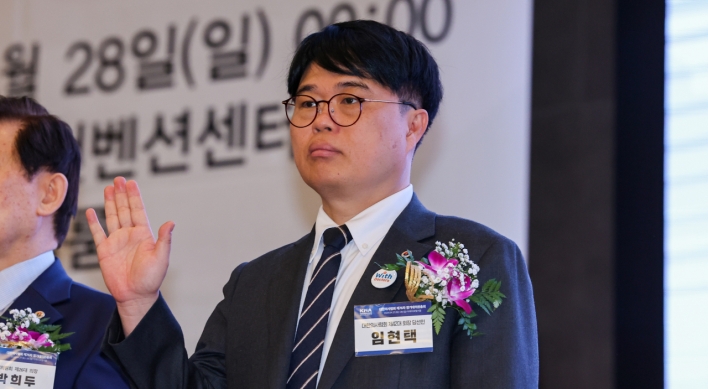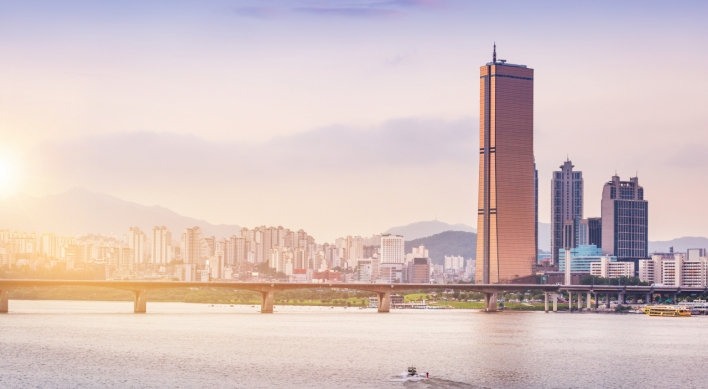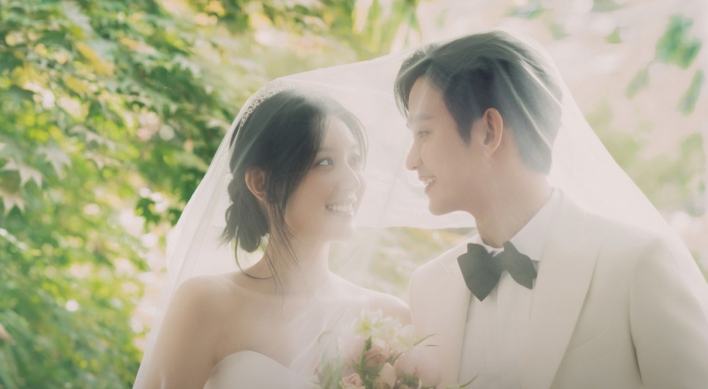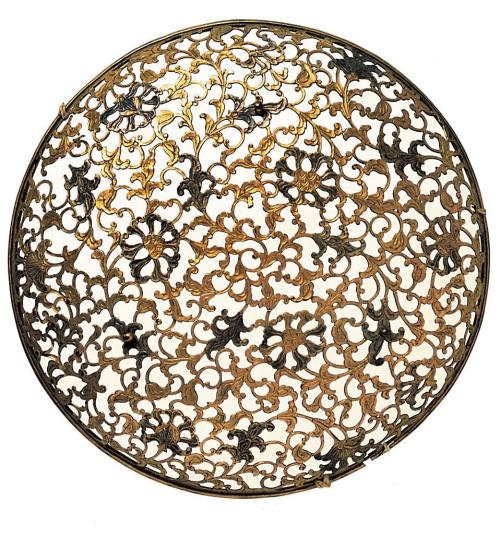
Artifacts from Japan’s Lake Biwa District on display at national museum in Seoul
Located in Japan’s Shiga Prefecture bordering the ancient capital city of Kyoto, Lake Biwako is the largest freshwater lake in the archipelago.
The region surrounding the lake was introduced to Buddhism by Korea’s Baekje Kingdom (B.C. 18―A.D. 660) before anywhere else in Japan. With this and its proximity to Kyoto, the area developed its own cultural and spiritual flair, blending its local tastes with the mainstream culture of the capital. Today it is home to 806 Important Cultural Property-designated items, including 55 National Treasures.
The National Museum of Korea’s current exhibition, “Japanese Buddhist Art from the Lake Biwa District ― Aspiring for Rebirth in the Buddhist Paradise,” features 94 Japanese Buddhist artworks from the region, including four national treasures of Japan.
Many of the items on display were previously exhibited in Seoul in 2002, in celebration of the Korea-Japan hosting of the 2002 FIFA World Cup. Owned by the Nara and Kyoto National Museums and Buddhist temples in Shiga Prefecture, they reflect the region’s traditional Buddhist customs as well as its distinctive artistic flavor.
Located in Japan’s Shiga Prefecture bordering the ancient capital city of Kyoto, Lake Biwako is the largest freshwater lake in the archipelago.
The region surrounding the lake was introduced to Buddhism by Korea’s Baekje Kingdom (B.C. 18―A.D. 660) before anywhere else in Japan. With this and its proximity to Kyoto, the area developed its own cultural and spiritual flair, blending its local tastes with the mainstream culture of the capital. Today it is home to 806 Important Cultural Property-designated items, including 55 National Treasures.
The National Museum of Korea’s current exhibition, “Japanese Buddhist Art from the Lake Biwa District ― Aspiring for Rebirth in the Buddhist Paradise,” features 94 Japanese Buddhist artworks from the region, including four national treasures of Japan.
Many of the items on display were previously exhibited in Seoul in 2002, in celebration of the Korea-Japan hosting of the 2002 FIFA World Cup. Owned by the Nara and Kyoto National Museums and Buddhist temples in Shiga Prefecture, they reflect the region’s traditional Buddhist customs as well as its distinctive artistic flavor.
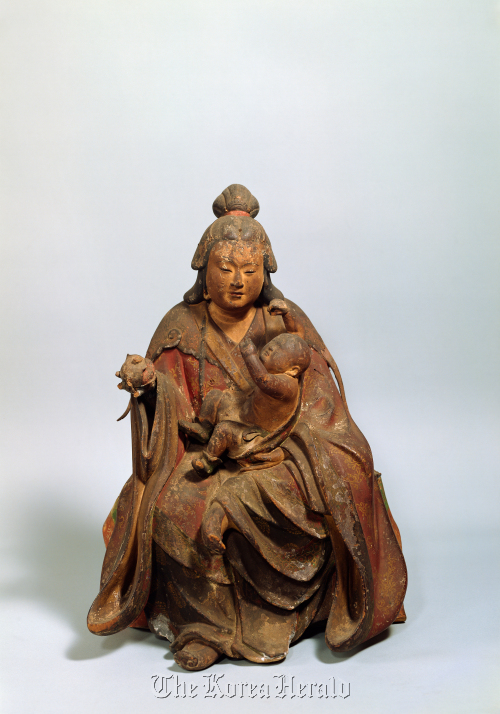
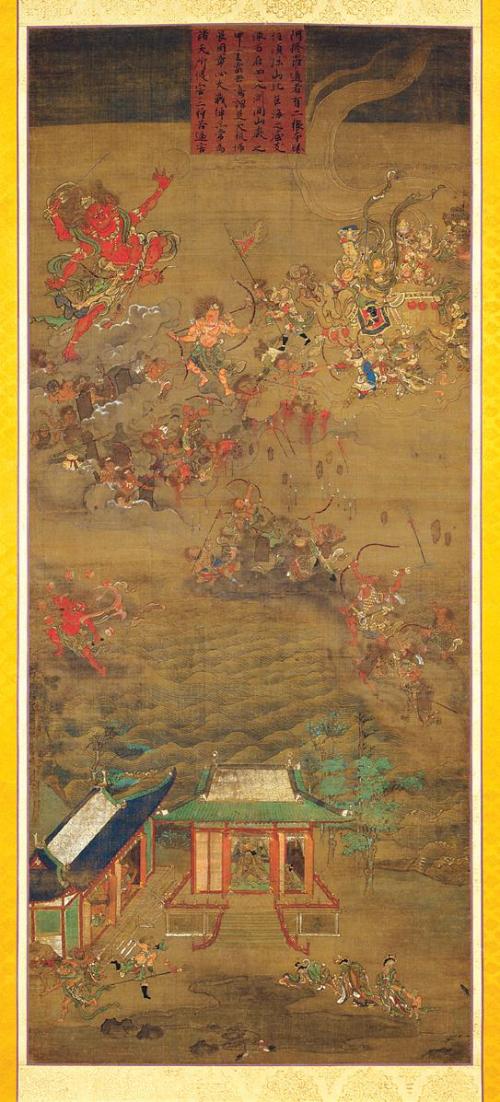
“Many Koreans may not be so familiar with the Lake Biwa district,” said Ryu Seung-jin, the Asian art curator of the museum.
“But the region carries a lot of significance in Korea-Japan history, as it was the area where Buddhism was introduced by Baekje migrants, and where the official travelling routes for goodwill missions from Joseon (1392-1910), whenever they made diplomatic visits to Japan, took place.”
One of the most notable items is a 12th-13th century piece named “Keko,” meaning “flower basket,” from Jisyoji Temple. One of the four Japanese National Treasures being displayed, the delicate-looking item was used during flower-scattering rituals in Buddhist temples. Buddhists in Japan would decorate their sanctuary by scattering flowers and burning incense as part of the religious service.
Another featured national treasure is a Sarira reliquary set from Sofukuji Temple. The 7th century relic consists of three cases made of gold, silver and gilt bronze and one glass bottle. According to the museum, the set strikingly resembles the reliquary set discovered at the ancient site of Hwangboksa in Gyeongju in Korea. The items are the oldest existing reliquary set in Japan.
A painting titled “Asura Realm from Rokudou,” meaning “six paths,” which dates back to the 13th century, reflects the Pure Land Buddhist teachings that all living beings are in one of the six states of existence ― the realm of heavenly beings; human realm; Asura realm; realm of animals, realm of hungry spirits and hell.
They believed that one could break free from the cycle and be reborn in the Pure Land by reaching enlightenment. The painting illustrates the six stages of existence as well as the spiritual journey to the Pure Land.
“We hope this exhibition allows our visitors to experience the diversity of Japanese culture, and how Buddhist culture flourished in Japan and Korea in different yet similar ways,” curator Ryu said.
The exhibition runs until Feb. 19. For more information, call (02) 2077-9000 or visit www.museum.go.kr.
By Claire Lee (dyc@heraldcorp.com)
-
Articles by Korea Herald







